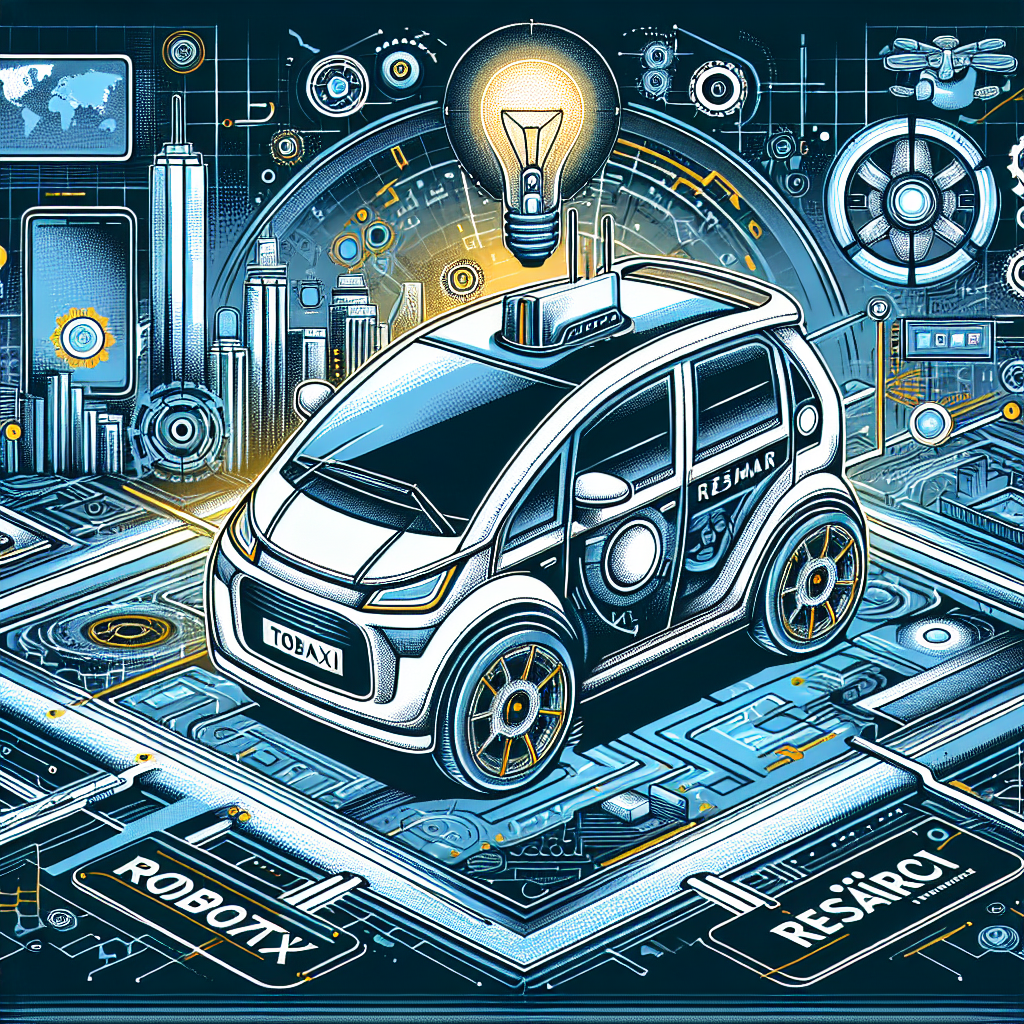“Transforming Mobility: The Future of the U.S. Robotaxi Market”

“`html
The Rise and Reshaping of the Robotaxi Market
The robotaxi market in the U.S. is undergoing a profound transformation, highlighted by notable shifts in strategies and market players. As significant industry changes unfold, we explore the key drivers behind this shift and what might come next.
The Downfall of GM’s Cruise and Other Retractions
General Motors has made the surprising decision to shutter its Cruise robotaxi unit after a decade and a $10 billion investment. This move follows similar retractions by other automakers like Ford, which closed its Argo AI self-driving venture, and Apple, which abandoned its ambitious car project earlier this year.
Despite these setbacks, Waymo, an Alphabet subsidiary, remains steadfast in its commitment to robotaxis. Operating in several U.S. cities, Waymo currently provides over 300,000 rides per month in California alone, claiming about a 4% market share in San Francisco. This resilience positions Waymo as a continued leader in the sector.
Tesla and Its Ambitions
Tesla has emerged as a prominent player in the robotaxi landscape, leveraging its extensive focus on self-driving systems. Unlike General Motors and Ford, which have refocused on integrating automated systems into personal vehicles, Tesla is doubling down on its ambitious robotaxi service plans. With early testing underway in San Francisco and a target launch date of 2027 for full-blown services, Tesla is also pushing forward a decentralized model, encouraging its vehicle owners to share their cars as part of the fleet.
This dual-market strategy—targeting both personal drivers and the robotaxi market—could position Tesla favorably. The company is bolstered by its robust data streams from its Autopilot and Full Self-Driving implementations, giving it a distinctive edge in refining autonomous vehicle technologies.
The Challenges and Regulatory Evolution
The robotaxi business is not without challenges. Maintaining fleets is costly, involving not only R&D but also operational costs like fleet maintenance, insurance, and customer service. Moreover, safety concerns have drawn regulatory scrutiny, making large-scale deployment challenging.
However, a significant catalyst is on the horizon. The incoming Trump administration has expressed intent to implement a federal framework supporting self-driven technologies, which could minimize regulatory bottlenecks. This follows the example of China, where regulatory clarity has expedited advancements like Baidu’s Apollo robotaxi service. Baidu claims cost reductions that have made its robotaxis highly competitive, grossing between $2.4M and $9.6M annually per vehicle, with far greater utilization rates than human-driven taxis.
Future Opportunities and Outlook
While giants like Google and Tesla dominate, there’s still room for niche players to shine. Innovative startups like Glydways are exploring high-density autonomous transit systems geared towards mass urban transport solutions.
Industry experts like Azeem Azhar of Exponential View believe this is just the beginning for robotaxis. He emphasizes ongoing advancements in operational safety and cost efficiency as critical factors driving adoption. With industry consolidation underway and supportive regulatory backdrops, the future of robotaxis looks remarkably promising.
“We are becoming more bullish on Tesla’s Robotaxi segment, following President-elect Trump’s plans to potentially develop a federal framework for self-driving vehicles in the United States.”
— Andres Sheppard, Cantor Fitzgerald analyst
This is undoubtedly a dynamic time for the development and adoption of autonomous vehicles, particularly robotaxis. As the regulatory, technological, and societal landscapes continue to align, the market is set for a potentially explosive growth phase.
“`